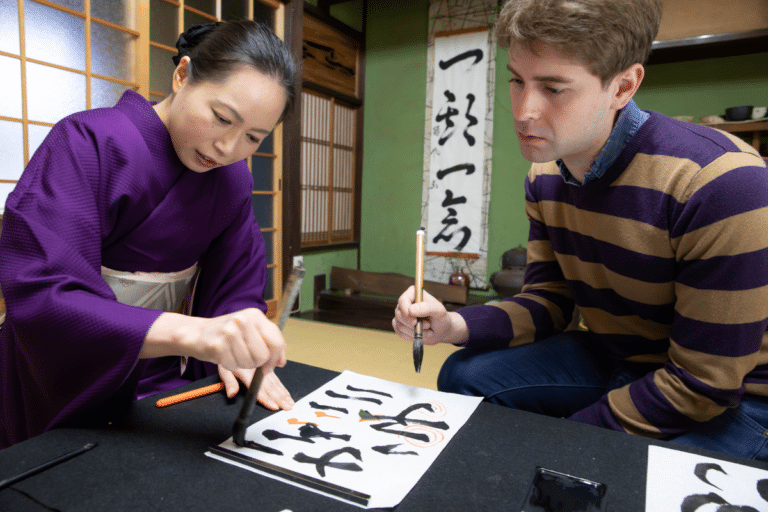Introduction
In the vibrant world of Japanese cinema, the role of subtitles extends beyond mere translation; it is an art form that bridges linguistic gaps, preserving cultural nuances while ensuring global accessibility. As we delve into the process of subtitling Japanese films, we’ll explore the challenges, technological advancements, and the evolving techniques that contribute to an immersive viewer experience.
The Art of Subtitling
Subtitling is not just a technical task; it’s an art that demands a delicate balance between linguistic accuracy and creative expression. Subtitlers must navigate the intricate terrain of language, capturing the essence of dialogue while maintaining the film’s intended emotional impact.
Challenges in Subtitling Japanese Films
Subtitling Japanese films presents unique challenges, from linguistic intricacies to cultural considerations. The richness of the Japanese language and the cultural context embedded in dialogues require a nuanced approach to ensure accurate and respectful subtitles.
Technological Advancements in Subtitling
The landscape of subtitling is evolving with technological advancements, including the integration of AI and machine learning. These innovations not only enhance speed and accuracy but also facilitate seamless localization for diverse audiences.
The Process: From Script to Subtitles
The journey from script to subtitles involves a collaborative effort between translators and filmmakers. We’ll explore the meticulous steps, from the initial translation and adaptation to the final synchronization with the on-screen action.
Cultural Sensitivity in Subtitling
Maintaining cultural sensitivity is paramount in subtitling. Strategies to preserve context, avoid stereotypes, and prevent misinterpretations will be discussed, emphasizing the role of subtitlers as cultural mediators.
Bridging Language Gaps
Subtitling plays a crucial role in fostering cross-cultural understanding, enabling films to transcend language barriers and connect with global audiences. We’ll delve into the impact of subtitles on facilitating a broader appreciation of Japanese cinema.
The Evolution of Subtitling Techniques
A historical perspective on subtitling in Japanese cinema will reveal the evolution of techniques over the years. Changes in style, format, and presentation have influenced how subtitles contribute to the overall cinematic experience.
Impact on Viewer Experience
Understanding viewer preferences and expectations is essential. We’ll explore how subtitles can enhance or detract from the viewer experience, considering factors such as visibility, readability, and integration with the visual narrative.
Subtitling for Different Genres
Subtitling poses unique challenges for various film genres. From comedy to drama and action, we’ll discuss how subtitlers tailor their approach to suit the tone of the film, ensuring a harmonious blend of text and visuals.
Training and Skill Development
To excel in the art of subtitling, individuals need comprehensive training. We’ll explore the importance of developing language and cultural expertise, along with available resources for aspiring subtitlers.
Case Studies: Successful Subtitling Examples
Examining instances where subtitles have significantly contributed to the overall viewing experience will provide valuable insights. Lessons learned from successful subtitling practices can guide future endeavors in this dynamic field.
Future Trends in Subtitling
Looking ahead, we’ll predict future trends in subtitling technology. Anticipated innovations and improvements may reshape the landscape, offering new possibilities for subtitlers and filmmakers alike.
Tips for Aspiring Subtitlers
For those aspiring to venture into the world of subtitling, practical guidance and resources will be shared. Whether you’re a linguistic enthusiast or a film buff, these tips will pave the way for a fulfilling journey in subtitling.
Conclusion
In conclusion, subtitling Japanese films is an intricate dance between language, culture, and technology. As we appreciate the art and craft behind the subtitles, let’s acknowledge their pivotal role in making Japanese cinema accessible and enjoyable for a global audience.
FAQs
Subtitling ensures that the beauty and cultural richness of Japanese films are preserved, allowing global audiences to enjoy and understand them.
Subtitlers undergo specialized training to capture the nuances of the Japanese language, ensuring accurate and culturally sensitive subtitles.
Technology, including AI and machine learning, has revolutionized subtitling, enhancing speed, accuracy, and the ability to localize content for diverse audiences.
Absolutely. Well-executed subtitles can enhance the viewer experience by providing clarity and maintaining the emotional impact of the film.
Aspiring subtitlers should focus on developing language and cultural expertise, seek specialized training, and stay updated on industry trends.












